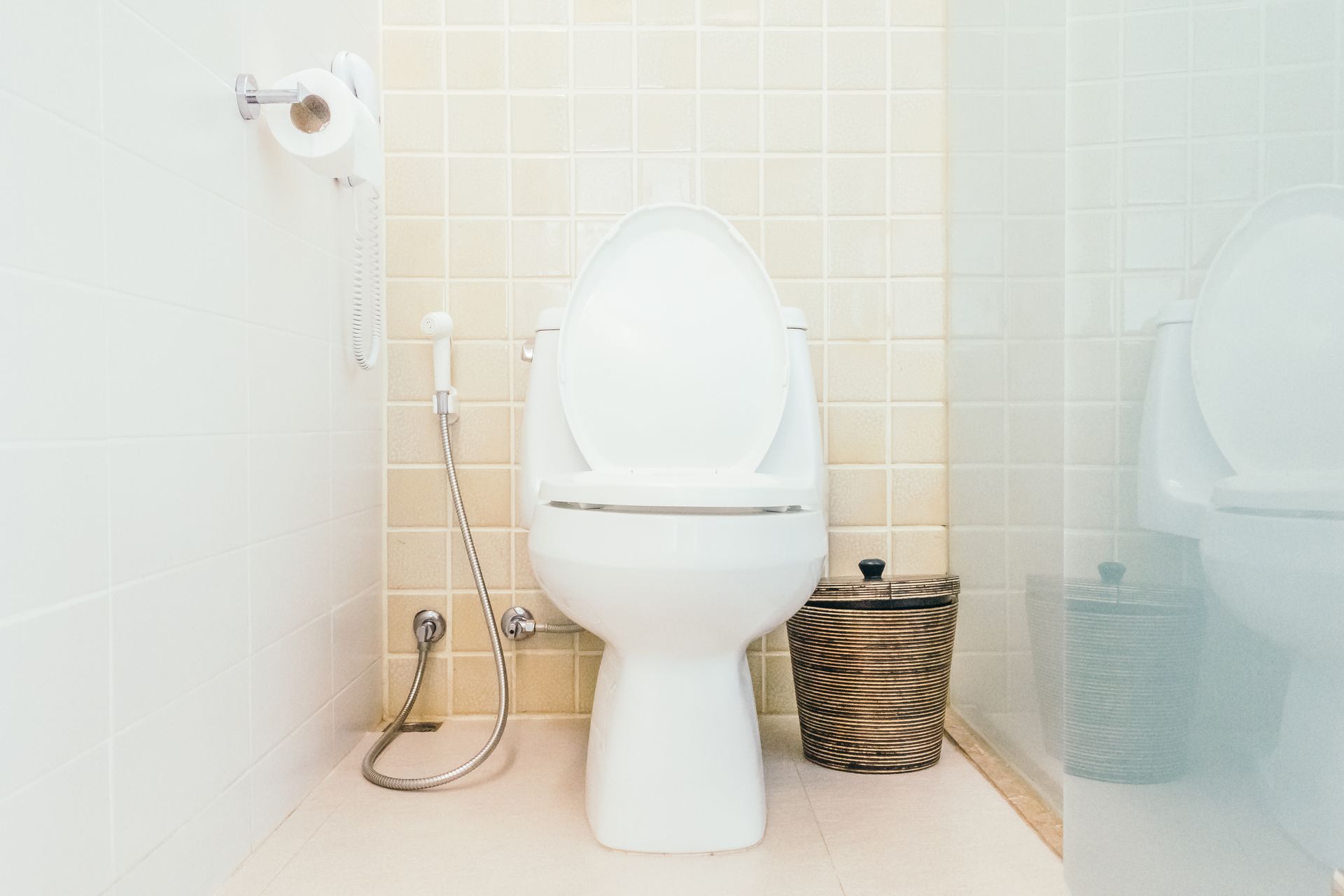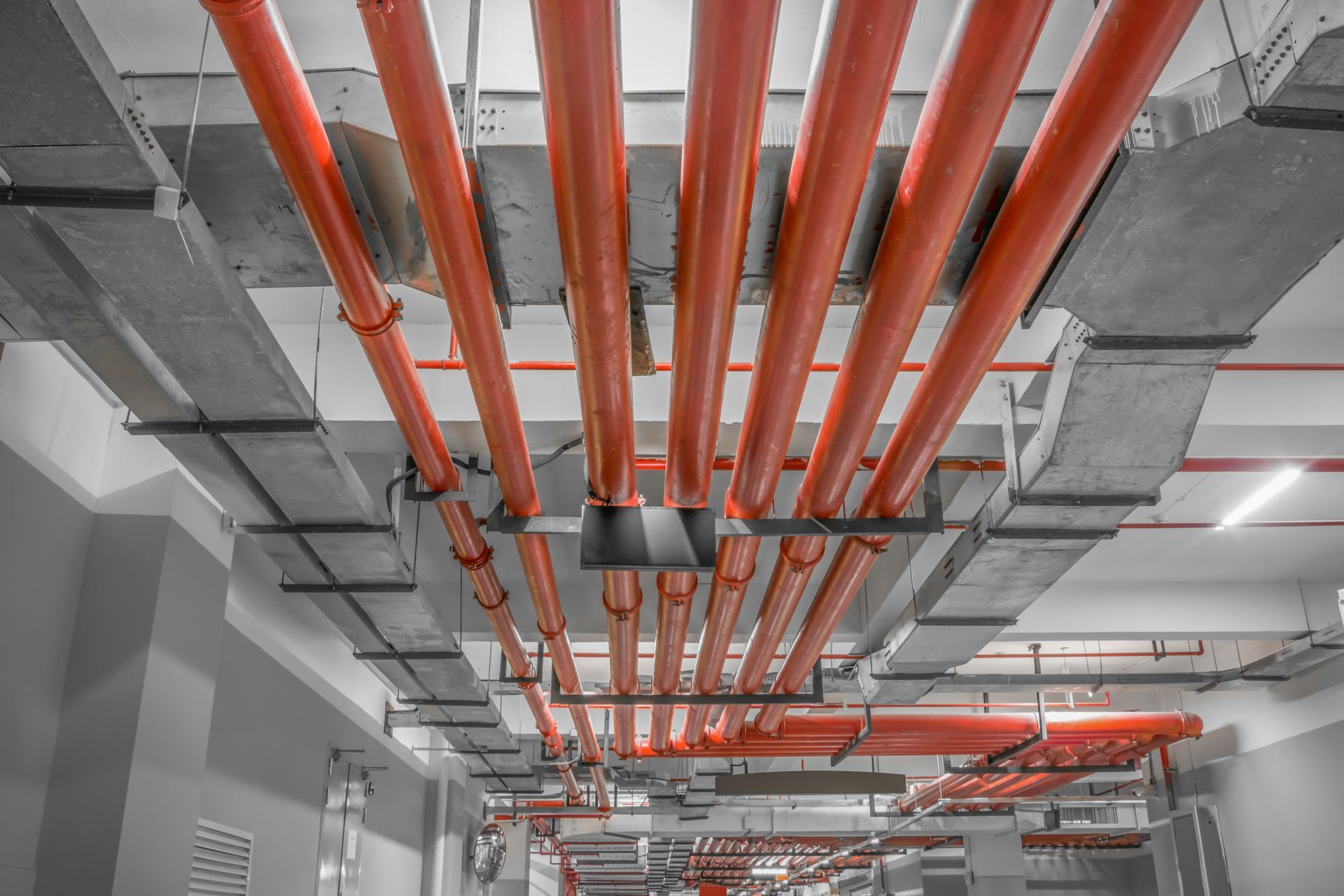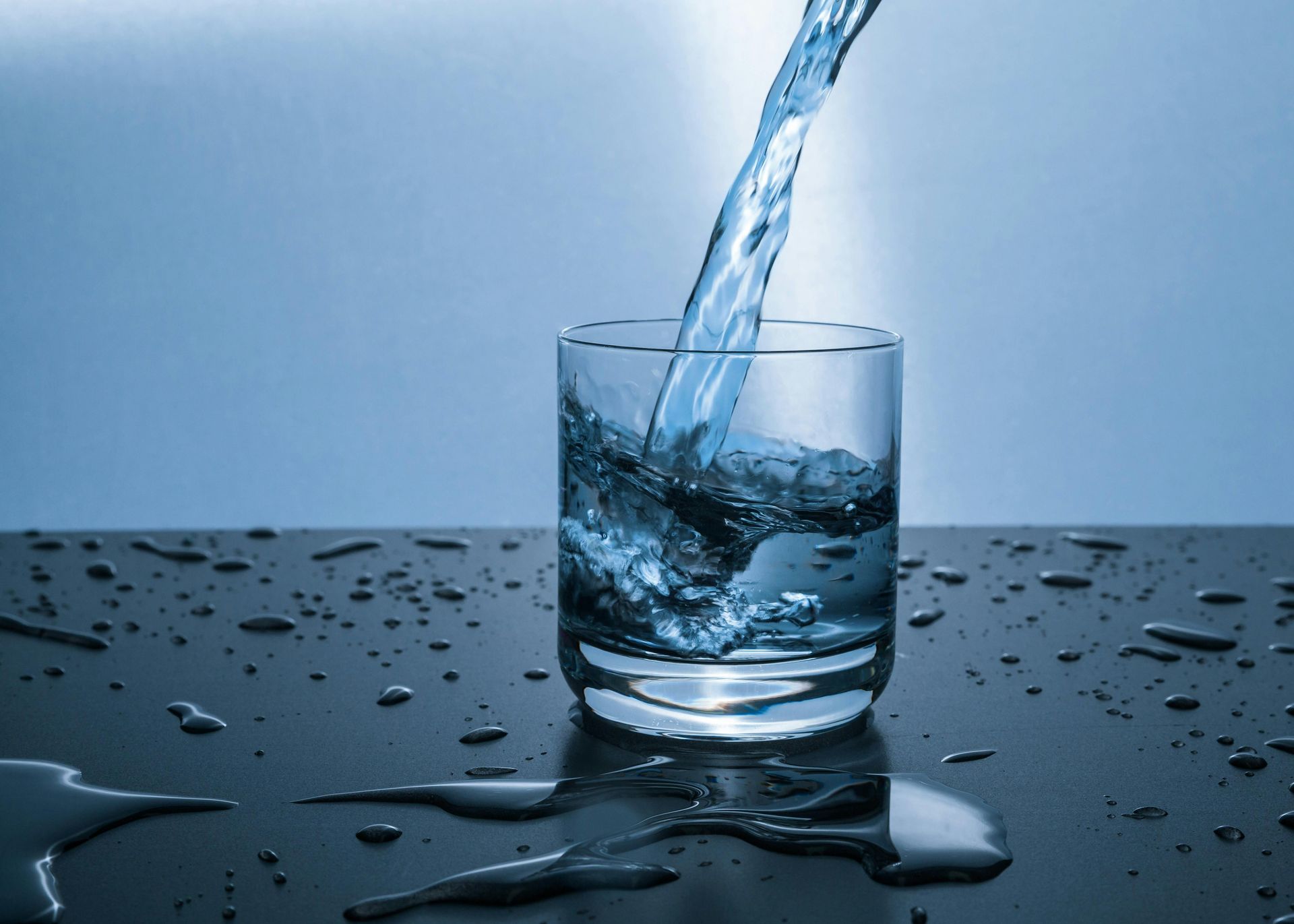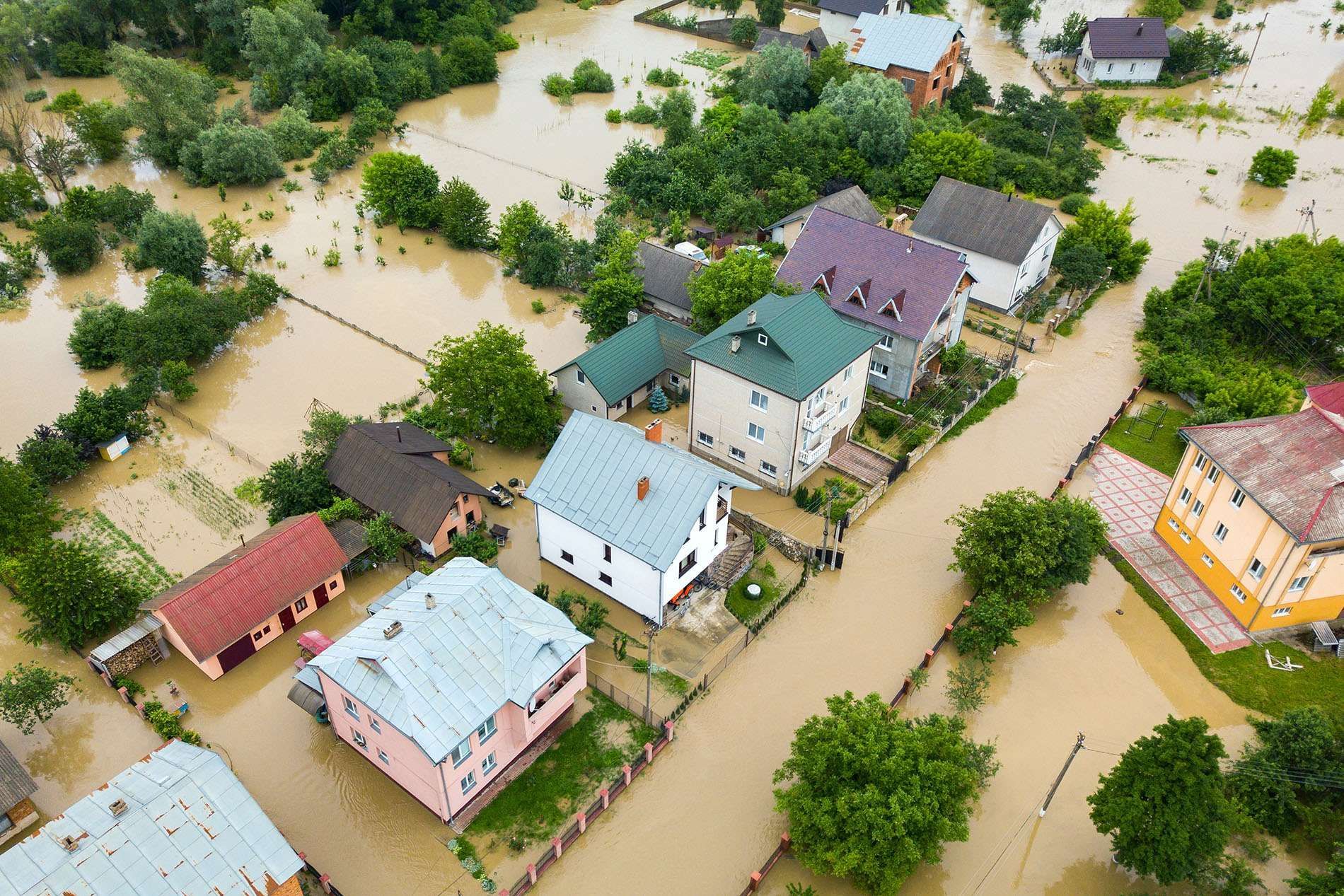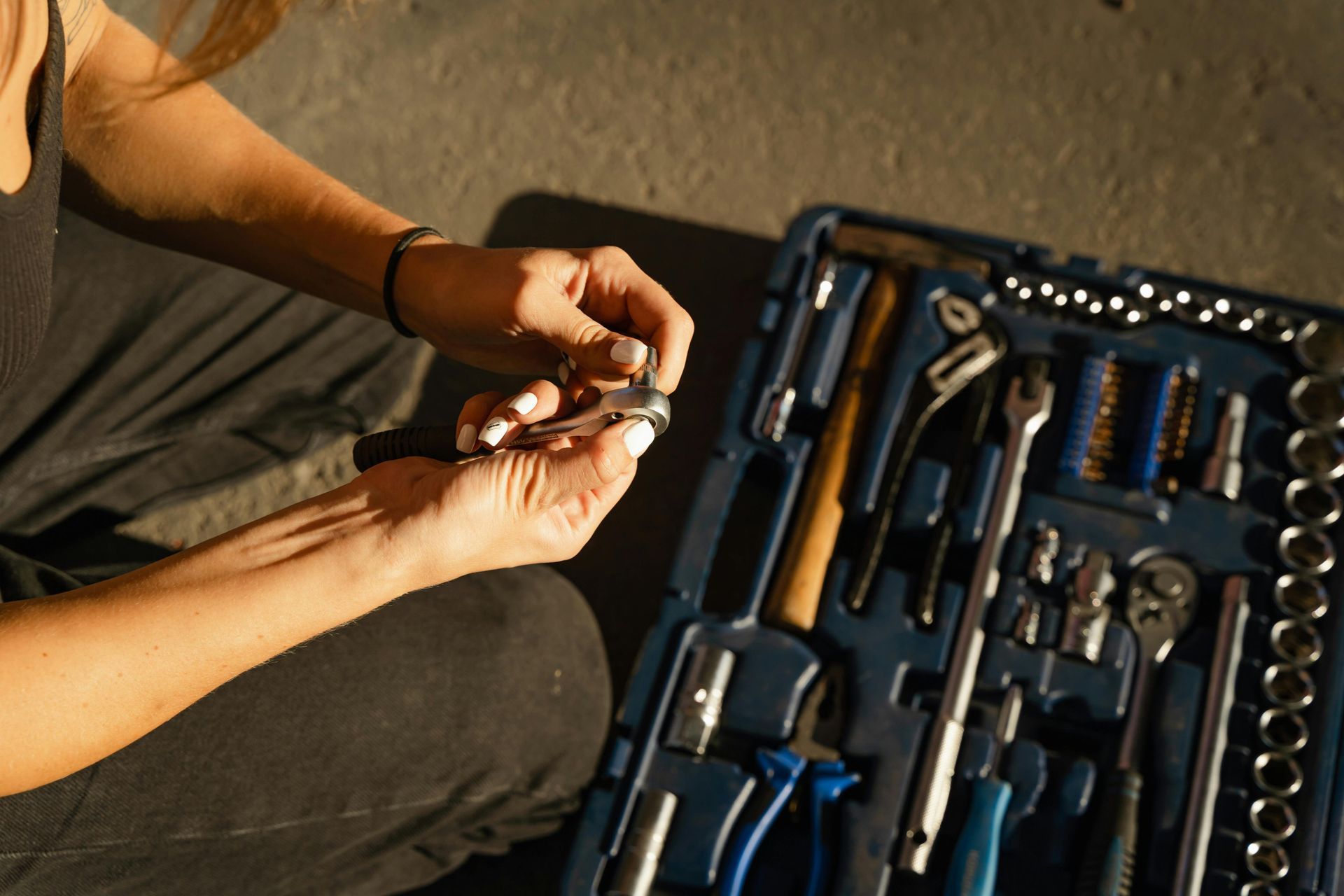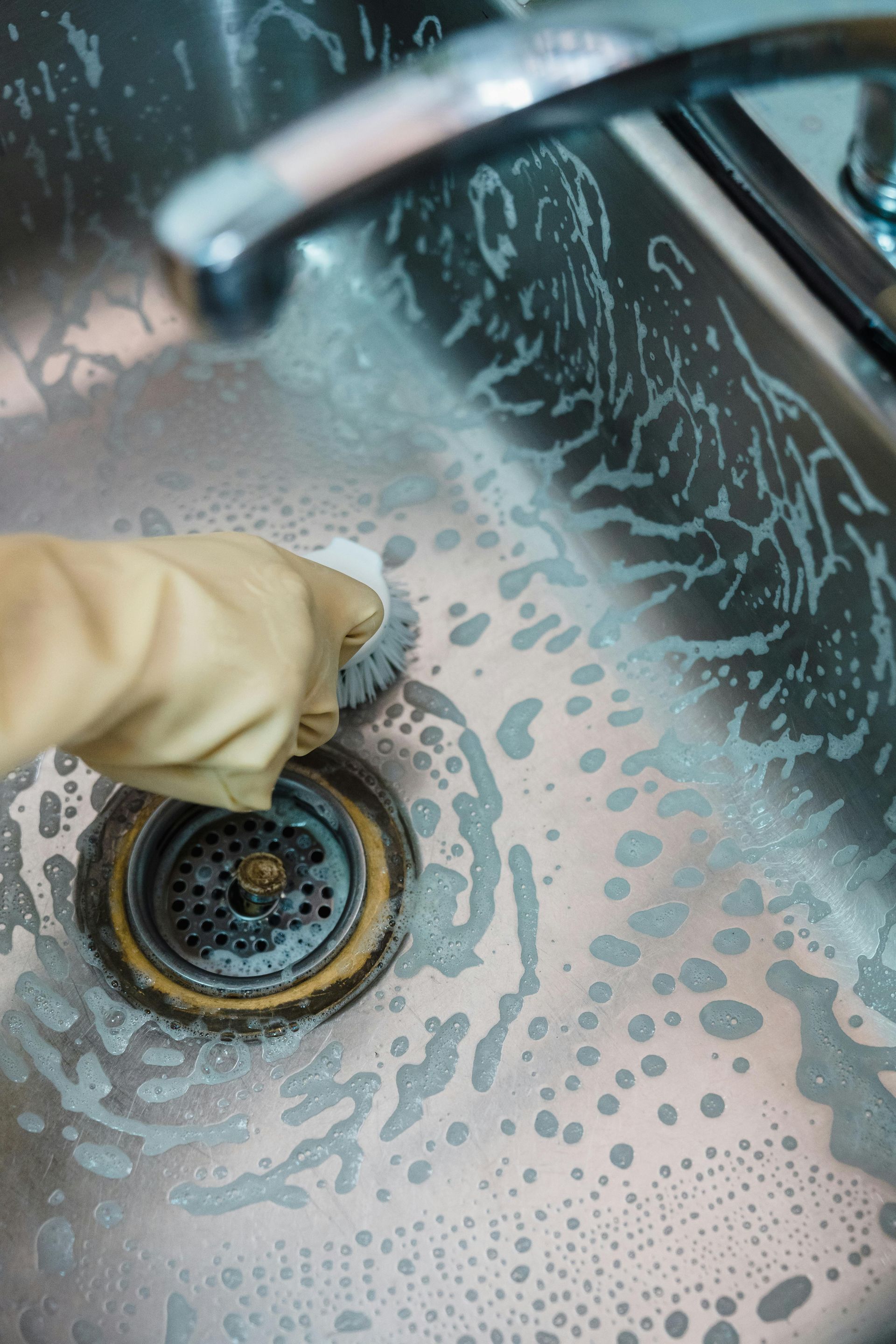How to Choose Eco-Friendly Plumbing Fixtures?
Choosing eco-friendly plumbing fixtures is a vital step for homeowners who want to reduce their environmental impact, conserve water, and lower utility bills without sacrificing comfort or performance. With the growing availability of sustainable plumbing technologies and materials, making informed choices is easier than ever. This comprehensive guide explores how to select the best eco-friendly fixtures, integrate them into your home, and avoid common plumbing mistakes that can undermine your efforts.
Understanding Eco-Friendly Plumbing Fixtures
Eco-friendly plumbing fixtures are designed to minimize water and energy usage while maximizing efficiency and longevity. These products include low-flow toilets, faucets, and showerheads, as well as energy-efficient water heaters and sustainable materials like stainless steel or recycled brass. The core principle behind these fixtures is to offer the same or better performance as traditional options while using significantly fewer resources.
WaterSense-labeled products, for example, have been tested and certified to use at least 20% less water than standard models without compromising performance. Low-flow toilets and dual-flush mechanisms can save thousands of gallons of water per year, while touchless faucets and aerators further reduce unnecessary water waste by delivering water only when needed.
Selecting the Right Fixtures for Each Area
When choosing eco-friendly fixtures, it’s essential to consider the specific needs of each area in your home. In the bathroom, dual-flush or low-flow toilets and showerheads with advanced nozzle designs can cut water use dramatically. In the kitchen, touchless or aerator-equipped faucets made from recycled or recyclable materials provide both efficiency and sustainability7. For laundry and dishwashing, high-efficiency appliances that adjust water usage based on load size are ideal.
It’s also important to ensure compatibility with your existing plumbing system. Some older homes may require minor upgrades to accommodate new fixtures, but most eco-friendly products are designed for easy retrofitting. When upgrading, always check for WaterSense or similar certifications, which guarantee efficiency and performance.
Avoiding Common Plumbing Mistakes
Even the most advanced eco-friendly fixtures can underperform or fail if installed incorrectly. One of the most frequent errors is overtightening connections, which can crack fittings or strip threads, leading to leaks and wasted water. Another common mistake is relying too heavily on chemical drain cleaners for blockages. These harsh substances can corrode pipes and harm the environment. Instead, opt for eco-friendly drain clearing methods, such as using baking soda and vinegar or mechanical tools like a drain snake, which are effective and gentle on your plumbing.
Proper installation and regular maintenance are crucial. Always follow manufacturer instructions and local plumbing codes to avoid costly repairs and ensure your fixtures operate at peak efficiency. If you’re unsure, consult a licensed plumber experienced in sustainable plumbing systems.
The Role of Expansion Tanks and Pressure Regulation
Eco-friendly plumbing isn’t just about fixtures—it’s also about maintaining a balanced and efficient system. Installing expansion tanks can help regulate water pressure, preventing leaks and prolonging the life of your fixtures and appliances. Expansion tanks absorb excess pressure caused by water heating and reduce the risk of pipe bursts or water heater failure, indirectly supporting your sustainability goals by minimizing waste and maintenance needs.
Pressure-reducing valves (PRVs) are another valuable addition. By keeping water pressure at an optimal level, PRVs prevent excessive water use and extend the lifespan of your eco-friendly fixtures. These system enhancements are often overlooked but are essential for maximizing the benefits of your green upgrades.
Eco-Friendly Drain Clearing and Maintenance
Routine maintenance is key to keeping your eco-friendly plumbing system running smoothly. Regularly clear drains using natural solutions like baking soda and vinegar or enzymatic cleaners, which break down blockages without introducing harmful chemicals into the water supply. Mechanical tools such as drain snakes or plungers are also effective for tougher clogs and help avoid common plumbing mistakes associated with chemical cleaners.
By adopting these practices, you not only protect your pipes but also contribute to a healthier environment and reduce the risk of costly plumbing emergencies.
Financial and Environmental Benefits
Investing in eco-friendly plumbing fixtures yields substantial long-term savings. Reduced water and energy consumption translate into lower utility bills, and many municipalities offer rebates or incentives for installing WaterSense-labeled products. Beyond the financial benefits, you’ll be supporting global water conservation efforts and reducing your household’s carbon footprint.
Sustainable fixtures also tend to be made from more durable materials, reducing the need for frequent replacements and further minimizing environmental impact. When combined with smart system enhancements like expansion tanks and eco-friendly drain clearing methods, your home’s plumbing can remain efficient and environmentally responsible for years to come.
Conclusion
Choosing eco-friendly plumbing fixtures is a smart investment in your home’s future and the planet’s well-being. By focusing on certified water- and energy-saving products, integrating system enhancements like expansion tanks, and adopting natural drain clearing and maintenance practices, you can avoid common plumbing mistakes and ensure your system runs efficiently. With careful planning and ongoing attention, your eco-friendly plumbing upgrades will deliver comfort, savings, and sustainability for years to come.



